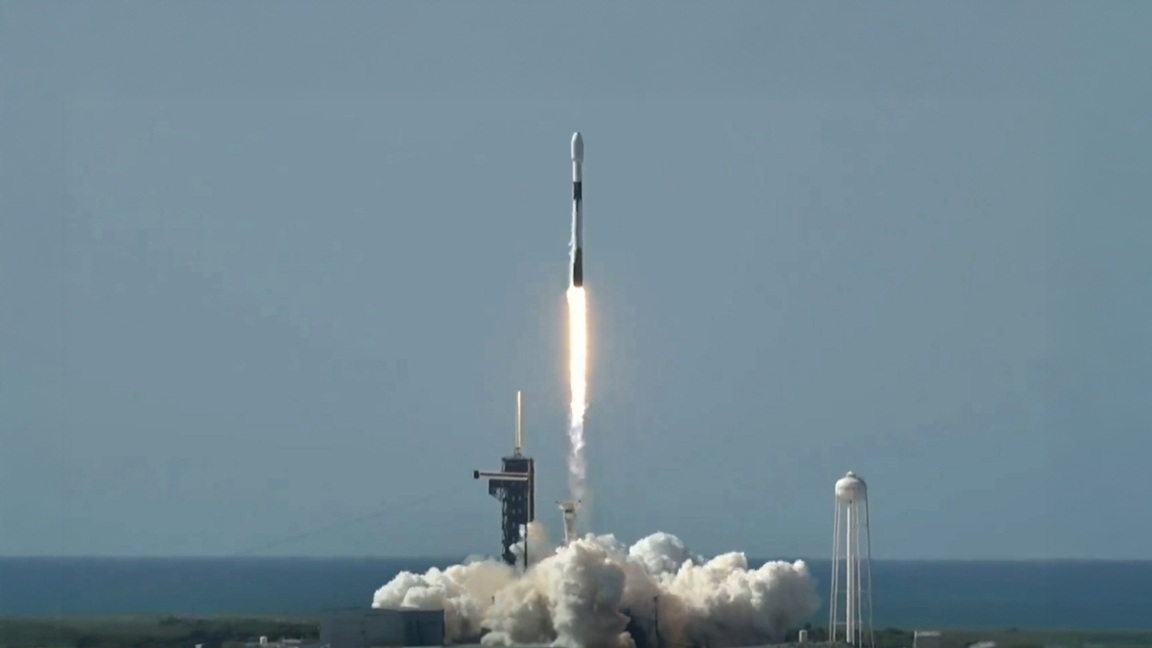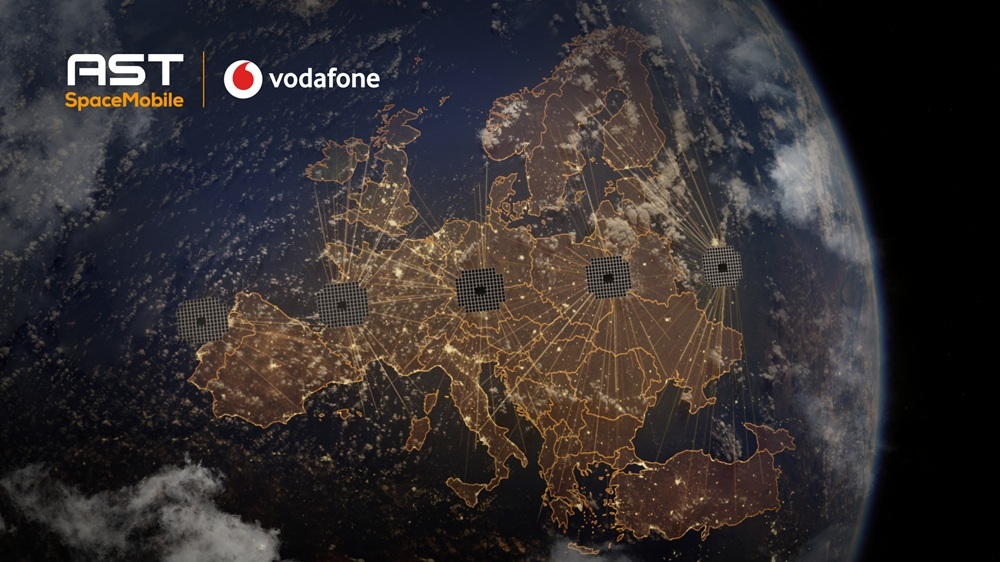Paris: Europe is setting its sights on Mars, aiming to become a global leader in interplanetary exploration within the next 15 years. The European Space Agency (ESA), under its visionary Strategy 2040, is orchestrating an ambitious plan that will see Europe not only participate in, but help shape, humanity’s next giant leap: sending missions—and ultimately people—to the Red Planet. With international competition intensifying and the global space economy projected to soar from $630 billion to $1.8 trillion by 2035, ESA’s Mars ambitions are more than a scientific quest—they are a strategic imperative for Europe’s future.
The Vision: Mars as Europe’s Next Frontier

ESA’s Director General, Josef Aschbacher, frames the agency’s mission with clarity: “By ensuring that Europe—through space—can lead rather than fall behind, we reaffirm our commitment to excellence and innovation, driving progress where the stars guide us”. The Strategy 2040 document positions Mars exploration as a cornerstone of Europe’s space future, with a focus on building the technological, industrial, and collaborative foundations necessary for a successful Mars campaign.
“Strategy 2040 is a bold, comprehensive, and visionary plan, embracing the progressive potential of space technology to meet European society’s needs and responds to a challenging global environment. “Space technologies are not just tools for exploration and discovery; they are essential pillars for economic growth, scientific advancement, national security, and societal resilience,” Aschbacher added.
Why Mars?
Mars has long fascinated humanity, but for ESA, the Red Planet represents much more than a distant dream. The agency’s Strategy 2040 frames Mars exploration as a cornerstone of Europe’s future, with four key drivers:.
Scientific Discovery: Mars holds clues to the origins of life and the evolution of our Solar System. Unlocking its secrets is a scientific priority for ESA.
Technological Innovation: The challenges of Mars exploration drive advances in propulsion, robotics, life-support, and digital infrastructure.
Strategic Autonomy: Europe seeks to reduce reliance on non-European partners, securing its own access and mobility in space.
Economic Growth: Participation in Mars missions is expected to unlock new markets, attract private investment, and foster a thriving space sector.
The 15-Year Timeline: From Low Earth Orbit to the Red Planet
ESA’s roadmap to Mars is structured around a series of milestones, each building on the last. The next 15 years will see Europe transition from a strong presence in Low Earth Orbit (LEO) and lunar operations to full-scale Mars exploration.

Renato Krpoun, Chair of the ESA Council highlighted, “By building on our legacy of success, fostering collaboration, and embracing the opportunities ahead, ESA as an intergovernmental organisation will continue to federate and serve European space research and development efforts, enabling a new generation of innovations.”
With the International Space Station (ISS) expected to wind down, ESA aims to bolster European access to LEO through sovereign and autonomous cargo and crew transport services. These capabilities are essential stepping stones for more distant missions.
Establishing robust communication and navigation systems on and around the Moon will provide the operational experience and technical know-how required for Mars.
ESA will develop and test critical infrastructure, such as advanced propulsion and life-support systems, in preparation for Mars missions.
2030–2035: The Cislunar Bridge
- Cislunar infrastructure—spacecraft and habitats operating between Earth and the Moon—will serve as a proving ground for technologies needed on Mars.
- ESA will deepen partnerships with global space agencies and private entities, leveraging Europe’s strengths in technology and industry.
- The agency plans to use AI-powered digital twins—virtual models of real-world systems—to simulate and optimize mission scenarios, from launch to landing on Mars.
2035–2040: Mars Missions Take Shape
- ESA will send robotic missions to Mars to scout landing sites, test in-situ resource utilization, and validate autonomous systems.
- The ultimate goal is to enable European astronauts to participate in, or even lead, international missions to Mars. “Bolster European access to, and presence in, LEO in a 2030s post-ISS world… acting as a basis for the big leap to Mars,” the strategy states.
- Development of habitats, energy systems, and mobility solutions for long-duration missions on the Martian surface.
The Technology: Building Europe’s Mars Arsenal
ESA’s Mars strategy is underpinned by technological innovation across multiple domains:
Propulsion and Transportation
- Reusable Launchers: ESA is investing in advanced, potentially reusable transportation systems to reduce costs and ensure competitive access to space.
- High-Speed Vehicles: Efficient ground-to-orbit and deep-space vehicles are in development, including those designed for Very Low Earth Orbit (VLEO) operations.
Robotics and Autonomy
- Robotic Explorers: Next-generation rovers and landers will pave the way for human missions, equipped with AI for autonomous navigation and science operations.
- In-Orbit Assembly: Technologies for assembling large structures in space will be tested in cislunar space before being deployed around Mars.
Life Support and Habitats
ESA is developing autonomous, self-sufficient habitats—“space oases”—capable of supporting human life for extended periods beyond Earth. Emphasis will be on clean, sustainable systems that minimize waste and energy consumption.
Digital Infrastructure
- Space Internet: Plans include the creation of a Solar System internet, enabling high-speed, reliable communication between Earth, the Moon, and Mars.
- Quantum Cryptography: Advanced security for mission-critical data, ensuring resilience against cyber threats.
The Economics: Europe’s Stake in the Space Boom
ESA’s Mars ambitions are closely tied to the broader growth of the space economy. The agency notes that space technologies now support 11 of the 16 most critical OECD-designated infrastructures, and that the sector is poised for explosive growth.
Public investment in space is rising at unprecedented levels worldwide, but Europe’s share is only 11%—a figure ESA aims to increase through strategic programs and private sector engagement.
ESA plans to act as an “anchor New Space customer,” stimulating the growth of European space startups and attracting significant private investment. In 2023 alone, European space startups raised nearly €1 billion, up from just €18 million in 2014.
Technologies developed for Mars missions are expected to generate advances in healthcare, IT, materials science, and other sectors.
The Collaboration: Europe’s Global Partnerships
Mars is too big a challenge for any one nation. ESA’s strategy emphasizes international collaboration as a key to success:
- Institutional Partners: ESA will broker partnerships with NASA, JAXA, and other agencies, sharing expertise and resources.
- Private Sector: The agency is increasingly engaging commercial providers through public-private partnerships, leveraging Europe’s industrial strengths.
- Pan-European Unity: Closer collaboration between ESA, the European Union, and national space agencies is seen as essential for maximizing impact and avoiding duplication.
The Risks and Challenges
ESA is candid about the challenges ahead. “International competition is intensifying, reducing industry profitability and pressuring Europe’s position in the global market,” warns the strategy.
With the number of active satellites expected to rise from 11,000 in 2025 to 60,000 by 2030, space debris and orbital congestion are growing threats.
Achieving Mars ambitions will require “significantly ramped-up investment effort rooted in its core values,” the agency cautions.
The Societal Impact: Inspiring Europe
ESA sees Mars not just as a destination, but as a catalyst for societal transformation. The agency is expanding scholarships, grants, and outreach initiatives to inspire the next generation of scientists, engineers, and entrepreneurs. Efforts are underway to ensure that space exploration is accessible to all, with a focus on underrepresented groups.
ESA plans to use immersive technologies like VR/AR to bring the excitement of Mars exploration into classrooms and homes across Europe. ESA’s Strategy 2040 is more than a vision—it’s a call to action. ESA Council meetings at the Ministerial level will align resources and set priorities for the Mars campaign. Progress will be tracked through the ESA Long-Term Plan, ensuring accountability and adaptability. An Independent Project Management Authority will reinforce on-time and on-budget delivery of programs.
As the global space race accelerates, Europe stands at a crossroads. ESA’s 15-year roadmap to Mars is an audacious bet on the continent’s scientific, technological, and economic potential. “Ambition is key to advancing scientific knowledge, fostering co-operation, and bringing prosperity to society at large,” the agency asserts.
With the right investments, partnerships, and political will, ESA is poised to make Mars not just a dream, but a reality for Europe—one that will inspire generations and secure the continent’s place among the stars.





